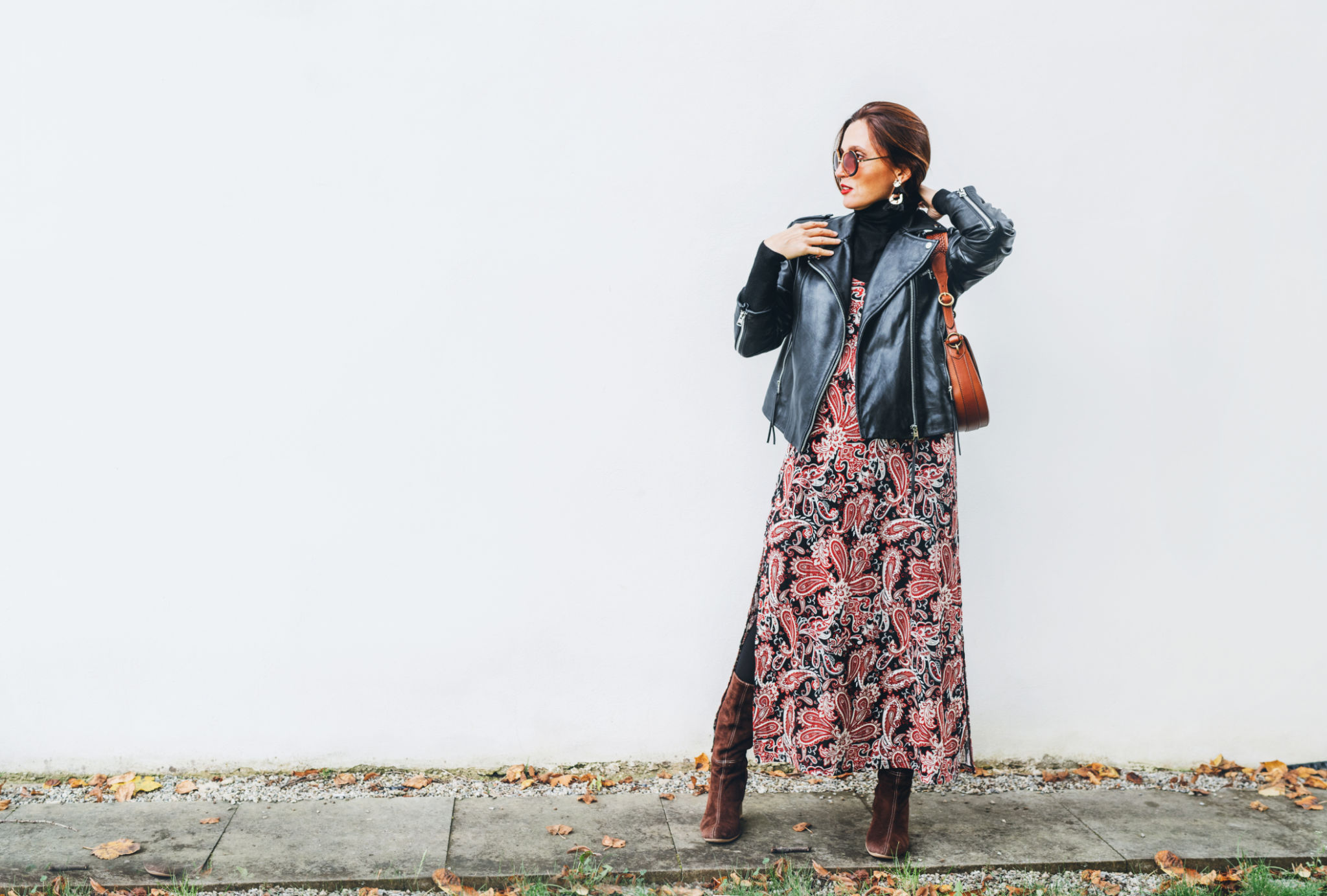How to Choose the Right Workwear for VIC's Changing Seasons
Understanding the Unique Climate of Victoria
Victoria, Australia, is known for its unpredictable and diverse climate. From scorching summers to chilly winters, the weather can change dramatically within a single day. This variability makes choosing the right workwear challenging but essential for comfort and safety. Adapting to the climate's demands requires a strategic approach to selecting garments that cater to both temperature extremes and sudden weather shifts.
Workwear must be versatile enough to accommodate the hot, dry days as well as the cool, wet ones. The key is to select materials and designs that offer both breathability and insulation when needed. Understanding these seasonal shifts is your first step towards making informed decisions about your work attire.

Choosing Fabrics for Comfort and Durability
When selecting workwear, the choice of fabric plays a crucial role in ensuring comfort throughout the year. Natural fibers like cotton and wool provide breathability and insulation, making them ideal for Victoria’s climate. Cotton is perfect for warm days due to its moisture-wicking properties, while wool offers excellent warmth during colder months.
For those working outdoors, it's essential to consider synthetic blends that offer durability and weather resistance. Fabrics such as polyester blends can withstand harsh conditions and are often treated to be water-resistant or waterproof, protecting you from sudden rain showers. Look for fabrics with UV protection if you'll be exposed to the sun for extended periods.
Layering Strategies for Changing Temperatures
Layering is a practical approach to manage Victoria’s fluctuating temperatures. By wearing multiple layers, you can easily adjust your clothing to suit the current weather conditions. Start with a base layer that wicks moisture away from your skin to keep you dry. This is crucial for both hot and cold weather scenarios.

The mid-layer should provide warmth and insulation. Fleece and wool are excellent choices, as they trap heat while remaining breathable. Finally, the outer layer should protect against wind and rain. Opt for lightweight, waterproof jackets that are easy to pack away when not needed.
Safety Considerations in Workwear
Safety is paramount when selecting workwear. Depending on your industry, you may require garments with specific safety features such as high visibility, flame resistance, or added padding for protection. Ensure that your workwear complies with all relevant safety standards to minimize risks on the job.
Investing in high-quality personal protective equipment (PPE) can make a significant difference in safety and comfort. Consider footwear with adequate grip and ankle support, as well as helmets and gloves that offer protection without compromising dexterity.

Adapting Your Wardrobe for Seasonal Transitions
As the seasons change, so should your wardrobe. Transitioning from summer to winter requires swapping lighter fabrics for heavier, more insulated ones. Similarly, prepare for spring by incorporating waterproof gear to tackle increased rainfall.
A practical tip is to keep an eye on weather forecasts and always have a backup plan for unexpected changes. Having a few versatile pieces that can be layered or removed ensures that you stay comfortable throughout the day, regardless of the weather.
Conclusion
Navigating Victoria's changing seasons requires a proactive approach to selecting workwear that balances comfort, durability, and safety. By understanding the climate and choosing appropriate fabrics, layering effectively, and considering safety features, you can ensure that your work attire meets the demands of any season.
Remember, investing in quality workwear not only enhances comfort but also contributes to increased productivity and well-being on the job. Stay prepared and adaptable, and you’ll be ready to tackle whatever Victoria's weather throws your way.
